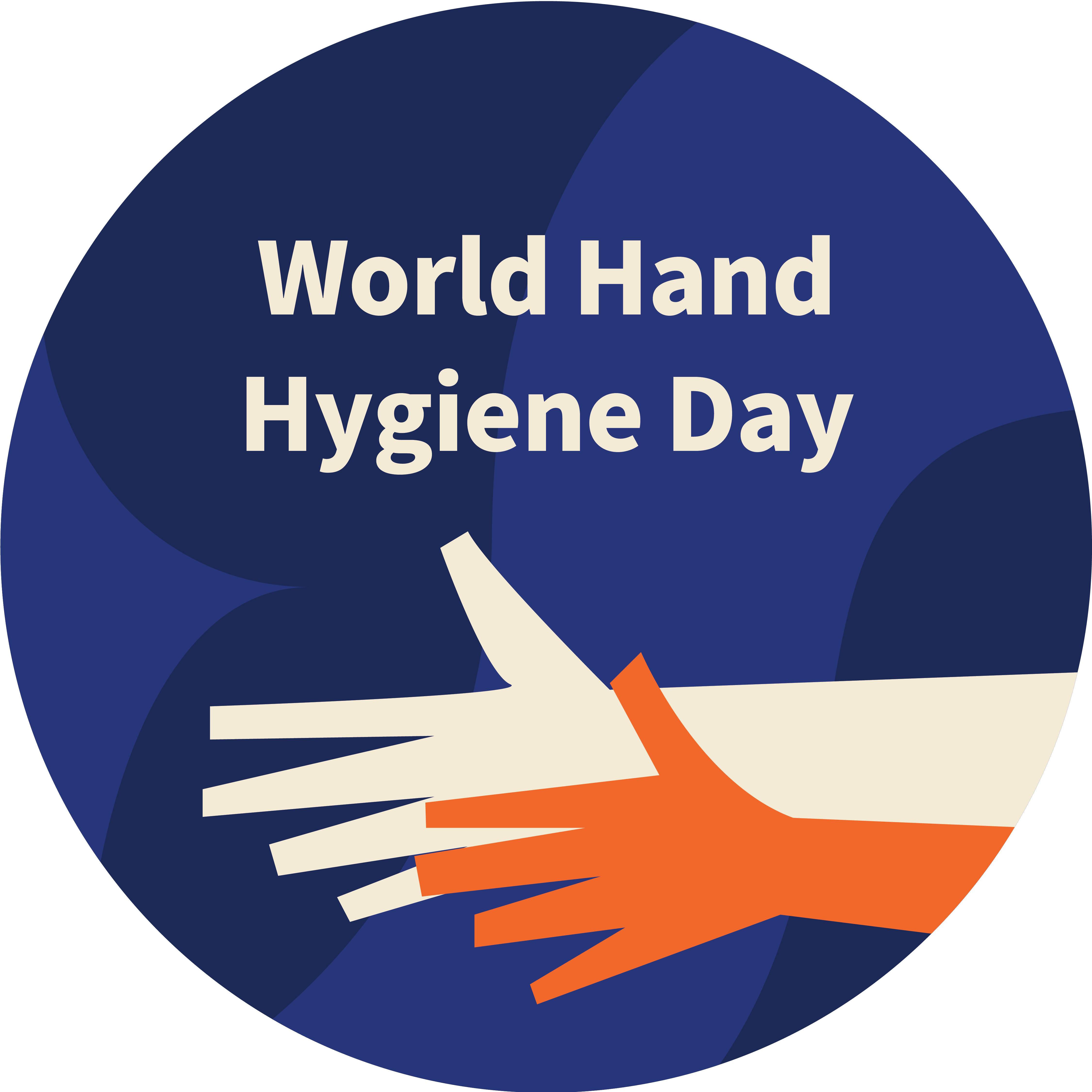Feasibility and safety of a symptom-based strategy to discontinue infection control precautions for patients hospitalised with COVID-19 – a retrospective study
DOI:
https://doi.org/10.3396/ijic.v17.20601Keywords:
COVID-19, infection control, hospitals, feasibility studies, symptom-based strategy, SwitzerlandAbstract
Background: Various recommendations exist concerning the discontinuation of contact and droplet precautions (CDP) for patients hospitalised with coronavirus disease 2019 (COVID-19). Some are based on repeated negative real-time polymerase chain reaction (RT-PCR) results, whereas other are based on clinical criteria. The feasibility and safety of these recommendations are poorly documented.
Method: We conducted a retrospective study to assess the feasibility and safety of a symptom-based strategy to discontinue CDP for patients hospitalised with COVID-19. We reviewed the clinical charts of all symptomatic patients hospitalised in our institution with RT-PCR-confirmed COVID-19 to assess the application of a symptom-based strategy for the implementation and discontinuation of CDP. The patients with discontinuation of CDP in accordance with the symptom-based strategy were cross-referenced with patients with potential hospital-acquired COVID-19 in order to assess the safety of this strategy.
Results: Among the 147 patients included in our study, our symptom-based strategy was respected in 95 cases (64.6%). Discontinuation of CDP in accordance with the recommendations occurred in 39 patients (26.5%). After the discontinuation of CDP, patients remained hospitalised for a median time of 18 days, with exposure to a median number of three patients, resulting in a total number of 588 days ‘patient-day-exposition’. No hospital-acquired COVID-19 was detected in contact patients.
Discussion: The use of a symptom-based strategy to discontinue CDP is applicable and safe. This symptom-based strategy was applicable regardless of patient’s age or COVID-19 severity.
Downloads
References
Zhu N, Zhang D, Wang W, Li X, Yang B, Song J, et al. A novel coronavirus from patients with pneumonia in China, 2019. N Engl J Med 2020; 382: 727–33. doi: 10.1056/NEJMoa2001017
Wu Z, McGoocan JM. Characteristics of and Important lessons from the coronavirus disease 2019 (COVID-19) outbreak in China: summary report of 72,314 cases from the Chinese Center for Disease Control and Prevention. JAMA 2020; 323: 1239–42. doi: 10.1001/jama.2020.2648
World Health Organization. Clinical management of COVID-19, Interim guidance 27 May 2020. WHO website. 2020. Available from: https://apps.who.int/iris/handle/10665/332196 [cited 5 June 2020].
The Lancet. COVID-19: protecting health care workers. Lancet 2020; 395: 922. doi: 10.1016/S0140-6736(20)30644-9
Morgan DJ, Diekema DJ, Sepkowitz K, Perencevich EN. Adverse outcomes associated with contact precautions: a review of the literature. Am J Infect Control 2009; 37: 85–93. doi: 10.1016/j.ajic.2008.04.257
Tran K, Bell C, Stall N, Tomlinson G, McGeer A, Morris A, et al. The effect of hospital isolation precautions on patient outcomes and cost of care: a multi-site, retrospective, propensity score-matched cohort study. J Gen Intern Med 2016; 32: 262–8. doi: 10.1007/s11606-016-3862-4
Public Health England. Guidance for stepdown of infection control precautions and discharging COVID-19 patients. UK Government website. 2020. Available from: https://www.gov.uk/government/publications/covid-19-guidance-for-stepdown-of-infection-control-precautions-within-hospitals-and-discharging-covid-19-patients-from-hospital-to-home-settings [cited 6 June 2020].
Health Protection Scotland. COVID-19 – guidance for stepdown of infection control precautions and discharging COVID-19 patients from hospital to residential settings. HPS website. 2020. Available from: https://www.hps.scot.nhs.uk/web-resources-container/covid-19-guidance-for-stepdown-of-infection-control-precautions-and-discharging-covid-19-patients-from-hospital-to-residential-settings/[cited 6 June 2020].
National Center for Immunization and Respiratory Diseases (NCIRD), Division of Viral Diseases. Discontinuation of transmission-based precautions and disposition of patients with COVID-19 in healthcare settings (interim guidance). Center for Disease Control and Prevention website. 2020. Available from: https://www.cdc.gov/coronavirus/2019-ncov/hcp/disposition-hospitalized-patients.html [cited 6 June 2020].
World Health Organization. Clinical management of severe acute respiratory infection (SARI) when COVID-19 disease is suspected: interim guidance, 13 March 2020. 2020. Available from: https://apps.who.int/iris/handle/10665/331446 [cited 15 May 2020].
Zheng S, Fan J, Yu F, Feng B, Lou B, Zou Q, et al. Viral load dynamics and disease severity in patients infected with SARS-CoV-2 in Zhjiang province, China, January-March 2020: a retrospective cohort study. BMJ 2020; 369: m1443. doi: 10.1136/bmj.m1443
Leonard AM. Disposition of patients with COVID-19 infection whose respiratory specimens remain positive for SARS-CoV-2 by PCR. Infect Contr Hosp Epidemiol 2020; 41(11): 1326–7.
Bullard J, Dust K, Funk D, Strong JE, Alexander D, Garnett L, et al. Predicting infectious SARS-CoV2 from diagnostic samples. Clin Infect Dis 2020 ; Volume 71, Issue 10, 15 November 2020, Pages 2663–6.
Wöfel R, Corman VM, Guggemos W, Seilmaier, Zange S, Müller, MA, et al. Virological assessment of hospitalized patients with COVID-2019. Nature 2020; 581: 465–9. doi: 10.1038/s41586-020-2196-x
Kujawski SA, Wong KK, Collins JP, Epstein L, Killerby ME, Midgley CM, et al. Clinical and virologic characteristics of the first 12 patients with coronavirus disease 2019 (COVID-19) in the United States. Nat Med 2020; 26: 861–8. doi: 10.1038/s41591-020-0877-5
Zhou F, Yu T, Du R, Fan G, Liu Y, Liu Z, et al. Clinical course and risk factors for mortality of adult inpatients with COVID-19 in Wuhan, China: a retrospective cohort study. Lancet 2020; 395: 1054–62. doi: 10.1016/S0140-6736(20)30566-3
Kurcika LM, Lauer SA, Layendecker O, Boon D, Lessler J. Variation in false-negative of reverse transcriptase polymerase chain reaction-based SARS-CoV-2 tests by time since exposure. Ann Intern Med 2020; 173(4): 262–7. doi: 10.7326/M20-1495
Suzuki T, Kutsuna S, Nakamura K, Ide S, Moriyama Y, Saito S, et al. Difficulty of downscaling the precautions for coronavirus disease-19 based on negative throat polymerase chain results in the early phase of infection. J Infect Chemother 2020; 26: 851–3. doi: 10.1016/j.jiac.2020.05.002
La Scola B, Le Bideau M, Andreani J, Hoang VT, Grimaldier C, Colson P, et al. Viral RNA load as determined by cell culture as a management tool for discharge of SARS-CoV-2 patients from infectious disease wards. Eur J Clin Microbiol Infect Dis 2020; 39: 1059–61. doi: 10.1007/s10096-020-03913-9
Cheng H-Y, Jian S-W, Liu D-P, Ng T-C, Huang W-T, Lin H-H. Contact tracing assessment of COVID-19 transmission dynamics in Taïwan and risk at different exposure periods before and after symptom onset. JAMA Intern Med 2020: e202020. doi: 10.1001/jamainternmed.2020.2020
Published
How to Cite
Issue
Section
License
Authors retain copyright of their work, with first publication rights granted to IJIC. Read the full Copyright- and Licensing Statement.




